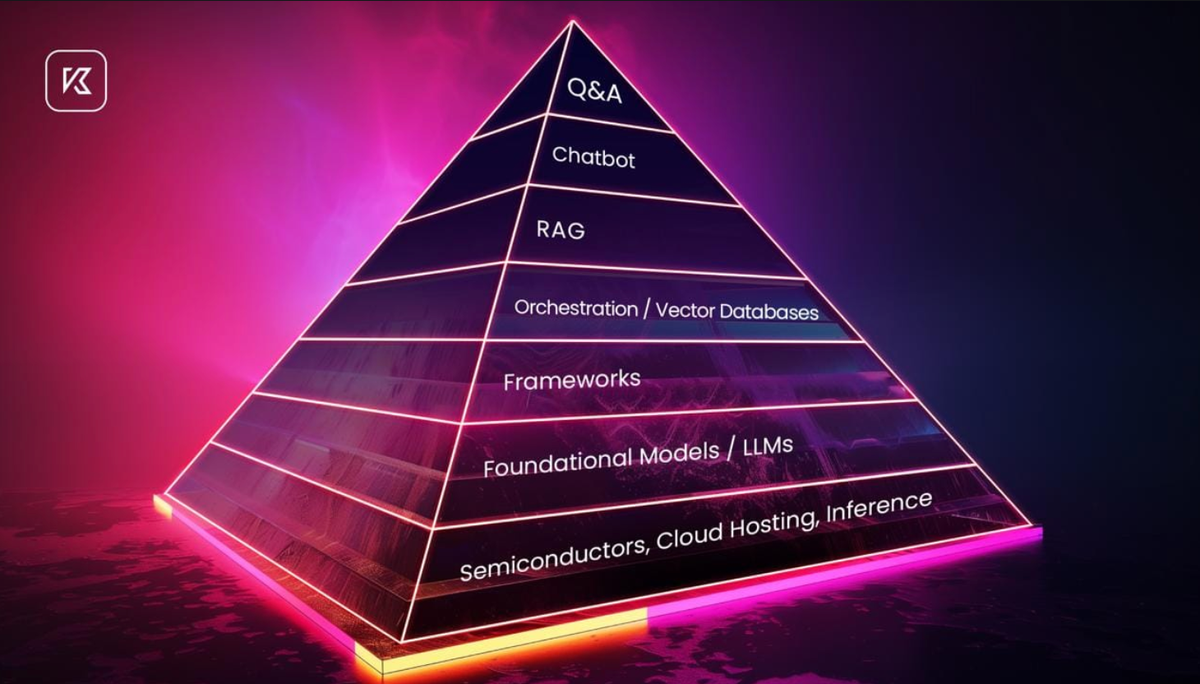Optimizing AI for specific tasks often involves fine-tuning, where you train a general-purpose model (e.g. ChatGPT, Gemini) on targeted datasets. But there's aanother powerful option : Retrieval-Augmented Generation (RAG).
🤖 What is RAG?
RAG acts like a supercharged search engine for AI assistants. It scans a vast knowledge base, to find the most relevant details for each situation, ensuring accurate and up-to-date responses. Unlike fine-tuning RAG retrieves info in real-time, making it ideal for dynamic environments.
❓ Why Use RAG?
Compared to traditional fine-tuning, RAG offers a significant edge. Your AI assistant stays ahead of the curve with access to the latest information, delivers answers rapidly through real-time information retrieval, and provides contextually relevant responses by understanding the situation at hand. This versatility makes RAG a powerful tool for any business, whether used independently or alongside fine-tuning.
🏗️ The Building Blocks of Generative AI for RAG
Let's break down the key components that underpin the development and deployment of RAG-based AI systems
🌩️ 1. Semiconductors, Cloud Hosting, Inference
First we have the essential infrastructure: semiconductors, cloud hosting, and inference capabilities. Providers like AWS, Google Cloud, and NVIDIA supply the computational power and scalability needed for AI operations.
🧠 2. Foundational Models / LLMs
Next, we have foundational models and LLMs from companies like OpenAI (ChatGPT), Google (Gemini), Mistral AI (Mixtral), Meta (LLama 3) and Anthropic (Claude). These models are pre-trained on vast amounts of data, forming the core of generative AI.
🛠️ 3. Frameworks
Frameworks like PyTorch and TensorFlow offer tools for developing, training, and deploying AI models. LangChain, on the other hand, specializes in integrating LLMs with various data sources, to simplify the creation of RAG applications.
🗂️ 4. Orchestration / Vector Databases
Platforms like Pinecone, Zilliz, and Chroma manage, retrieve, and store the vast amounts of data AI models generate and use.
📚 5. RAG (Retrieval-Augmented Generation)
By fetching relevant information from a database and combining it with the generative capabilities of AI, RAG ensures responses are accurate and contextually relevant.
💬 6. Chatbot
Chatbots based on RAG enhance customer interaction by combining real-time data retrieval with generative AI. They are both knowledgeable about your business and up-to-date.
❓ 7. Q&A
Focusing on precise and context-aware question-answering capabilities, RAG optimizes AI to handle specific queries effectively.
At Kayros, our AI chat assistants use RAG technology, training on your data to know your business. This ensures accurate, up-to-date, and relevant responses.
📢 Want to experience how AI can transform your website?
Enter your domain on kayros.ai and test your AI chat assistant today!


